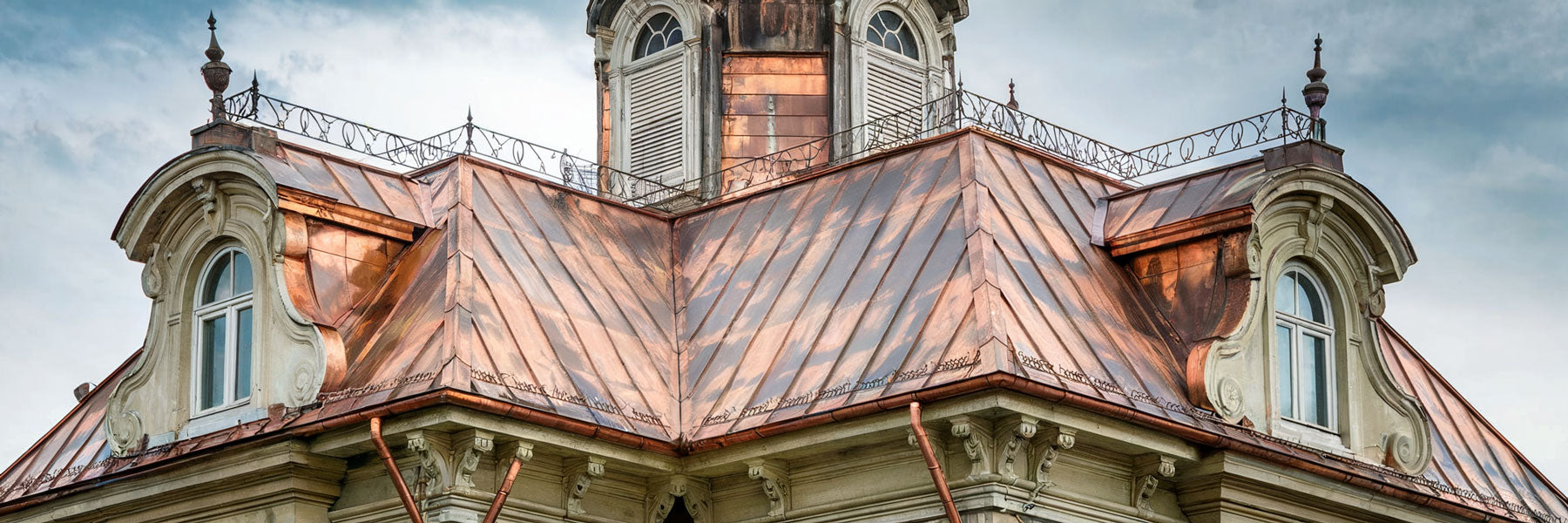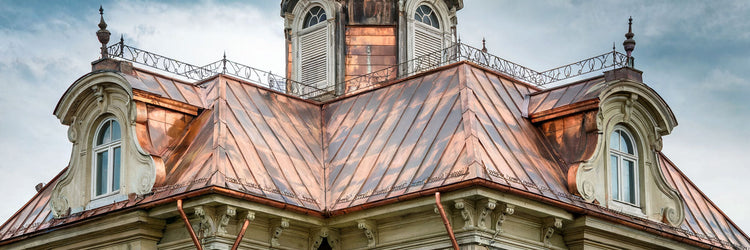Metal Roof Benefits: Durability and Longevity
Why Metal Roof Durability Matters
Durability in roofing ensures long-term performance, reduced maintenance costs, and peace of mind for homeowners. Metal roofs excel in these areas by providing exceptional protection that outlasts many traditional roofing materials. Their lifespan, which typically ranges from 40 to 70 years, far surpasses that of asphalt shingles and other conventional options.
Advantages of Metal Roof Durability
Exploring the advantages of metal roof durability sheds light on why they are a preferred choice for many homeowners:
Weather Resistance
- Metal roofs are engineered to withstand severe weather conditions, including strong winds, heavy rainfall, and hailstorms. Their watertight design prevents leaks and ensures homes stay protected during extreme weather events.
- Unlike traditional materials that may crack or deteriorate over time, metal roofs maintain their integrity, resisting damage from UV rays that cause fading and wear.
Fire Resistance
- One of the standout features of metal roofs is their non-combustible nature. They do not catch fire or contribute to the spread of flames, providing an added layer of safety, especially in areas prone to wildfires.
- Unlike asphalt shingles that can ignite, metal roofs offer peace of mind by significantly reducing fire risks.
Impact Resistance
- Metal roofs are designed to endure impacts from hail, falling branches, and other debris. This impact resistance prevents damage such as punctures and cracks, ensuring the roof remains structurally sound.
- Compared to other roofing materials, metal’s strength minimizes the need for frequent repairs, translating to long-term savings.
Pest Resistance
- Metal roofs are naturally resistant to damage from common pests such as insects and rodents. This resistance eliminates the issues of infestations that can compromise the structural integrity of other roofing types.
Factors Contributing to Metal Roof Longevity
Several factors play a role in maximizing the lifespan of a metal roof:
Material Selection
- The choice of metal type—such as steel, aluminum, or zinc—influences durability. High-quality metals with corrosion-resistant coatings enhance performance and lifespan.
- Thicker gauge metals provide better resistance to damage and wear.
Quality Installation
- Proper installation is crucial for ensuring the optimal performance of a metal roof. Hiring experienced roofing professionals ensures correct sealing, fastening, and adherence to manufacturer guidelines.
- Poor installation can compromise the roof’s integrity, leading to potential leaks and reduced durability.
Maintenance and Regular Inspections
- While metal roofs are known for their low maintenance, periodic inspections are essential to catch minor issues before they escalate.
- Regular cleaning, debris removal, and the application of protective coatings help sustain the roof’s condition over decades.
Tips for Prolonging the Life of a Metal Roof
Annual Inspections: Schedule thorough inspections at least once a year to identify signs of wear or damage, such as loose fasteners, rust spots, or small leaks. Early detection helps address issues before they escalate into more significant problems.
Debris Removal: Regularly clear the roof of branches, leaves, and dirt to prevent moisture buildup, which can lead to corrosion or damage. Ensure gutters and downspouts are clean to facilitate proper drainage and avoid water pooling on the roof.
Protective Coatings: Apply high-quality sealants or protective coatings to shield the metal surface from rust, UV damage, and corrosion. These coatings can extend the life of the roof by adding an extra layer of defence against environmental elements.
Trim Overhanging Branches: Cut back any tree branches that hang over the roof to prevent them from scraping the surface during high winds or dropping debris that could lead to damage. This simple step reduces the risk of scratches and minimizes the chances of water intrusion.
Professional Maintenance: Engage roofing experts for detailed assessments and necessary repairs. Professional roofers can spot potential issues that may be overlooked during casual inspections and can provide specialized treatments, ensuring that your roof maintains optimal condition.
How Metal Roofs Compare to Other Roofing Materials
When compared to traditional options, metal roofs demonstrate superior durability:
- Asphalt Shingles: With a lifespan of 12-20 years, asphalt shingles often need replacement, contributing to landfill waste. They are prone to damage from high winds and temperature fluctuations.
- Wood Shakes: While offering a natural look, wood shakes require chemical treatments to resist rot and fire, which can be harmful to the environment.
- Clay and Concrete Tiles: Although durable, these tiles have a significant environmental impact due to their energy-intensive production and heavy weight, which may require reinforced structures.
Conclusion
Choosing a metal roof is a commitment to long-lasting protection, energy efficiency, and peace of mind. With their unmatched durability, minimal maintenance needs, and environmental benefits, metal roofs prove to be a wise investment for any homeowner seeking a resilient roofing solution.

